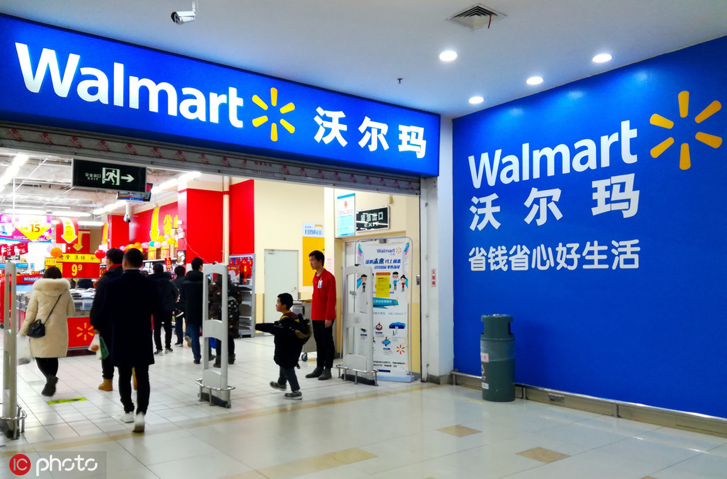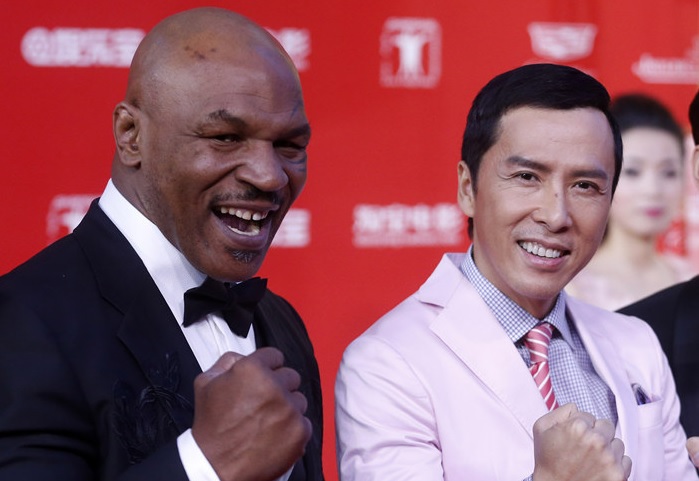What are the Biggest Challenges of B2C Brands in China in 2023?
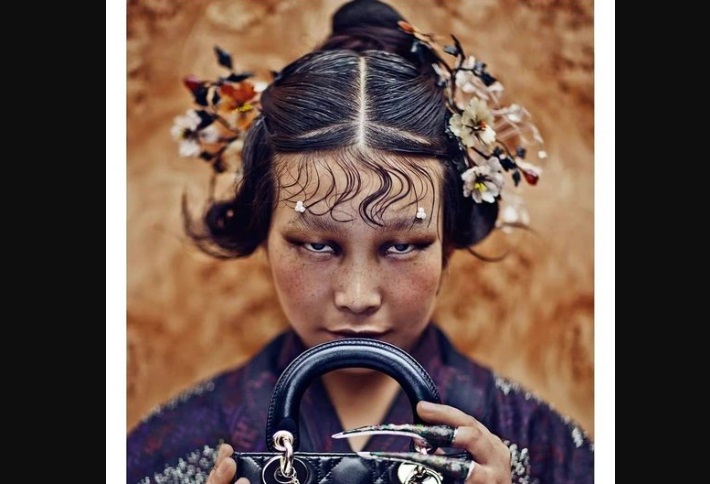
25 Challenges that international brands may face when operating in the Chinese market, along with examples of brands
Cost-Effective Agency
KPI and Results focused. We are the most visible Marketing Agency for China. Not because of huge spending but because of our SMART Strategies. Let us help you with: E-Commerce, Search Engine Optimization, Advertising, Weibo, WeChat, WeChat Store & PR.
- PR crisis : Many brands are attacked online because of Communication mistake
- Language barriers & Content Localisation – For example, US luggage brand Samsonite had to adapt their product names to better suit Chinese pronunciation and cultural preferences.
- Cultural differences – For example, Italian luxury brand Gucci faced backlash in China after releasing a sweater design that resembled blackface.
- Intellectual property issues – For example, Japanese brand Rimowa had to take legal action against copycat brands that were selling knockoff products on e-commerce platforms.
- Counterfeiting – For example, luxury brands such as Louis Vuitton and Chanel have long battled counterfeiters in China, with some estimates suggesting that up to 80% of luxury goods sold in China are fakes.
- Fierce competition – For example, fierce competition in this industry is between international cosmetic giants such as L’Oreal, Estée Lauder, and Shiseido, and domestic players such as Perfect Diary and Herborist.
- Social Media : Dior was criticized in China in 2018 for featuring a Chinese model with freckles in an advertisement, with many social media users calling the ad “ugly” and “disgusting.”
- Regulation : American pharmaceutical company Pfizer faced challenges in China in 2020 after suspending shipments of its COVID-19 vaccine due to concerns over storage and transportation conditions.
- Difficulty in finding the right distribution partners – For example, 90% of new brands had to navigate complex distribution networks in China to ensure that their products were sold through the right channels.
- Price sensitivity – For example, luxury brands such as Channel, Gucci and Burberry have had to adjust their pricing strategies in China to remain competitive and appeal to price-sensitive consumers.
- Localization challenges – Italian fashion brand Gucci has struggled to adapt its products and marketing to the Chinese market, leading to lower sales and market shar
- Limited access to local talent and expertise – HR problem, and need to work with Good partners
- Limited access to data : For example, it is almost impossible to get market data on consumer behavior in China.
- Difficulty in building brand awareness For example, German brand Rimowa faced challenges in building brand awareness and recognition in China due to a lack of visibility and awareness among consumers.
- Lack of brand loyalty – For example, US luggage brand American Tourister faced challenges in building brand loyalty among Chinese consumers, who are often more focused on price and quality than brand name.
- E-Commerce: do not maximize presence on Tmall, JD or other players
- Negative perceptions of foreign brands (specially USA) – Negative perceptions of foreign brands – American luxury fashion brand Coach has faced challenges in China with a decline in sales and market share due to negative perceptions of foreign brands among Chinese consumers.
- Difficulty in building relationships with local suppliers and partners
- Under invest in Social Media and influencers
- High import taxes and tariffs – For example, Cosmetics brand faced 50% tarriffs in navigating China’s complex tax system, which includes high import taxes and tariffs on certain products.
- Limited access to financing and capital . Do not dream to find a Chinese investment fund.
- Differences in consumer behavior and preferences
- Difficulty in building trust : Ereputation is the Key in China
- Counterfeiting – German sporting goods brand Adidas has faced challenges in China with counterfeit products, which can undermine the brand’s reputation and sales.
- Waste budget in “uneccessary things” like a big office, huge team etc
Olivier VEROT founder GMA
Focus on building trust and credibility – in China, reputation is closely tied to trust and credibility.
Trust is based of Guanxi . Brands should focus on building trust with customers, distributors and partner through effective communication, local good practices, and a strong focus on market trends.

PR crisis
BMW faced backlash in China after unveiling a limited-edition ice cream truck version of its Mini Cooper car at the Shanghai Auto Show. The truck was criticized for its high price and perceived insensitivity to China’s struggles . Chinese social media users Attack the German company this week, accusing it of discrimination at a Mini ice cream booth by allegedly only serving foreign visitors instead of domestic guests.
Communication in the Mini booth is probably not what the German car brands wanted f
Many social media users in China voiced their disapproval of the vehicle, with some calling it a “waste of resources” and others accusing BMW of promoting unhealthy eating habits. The controversy highlights the challenges that international brands face when trying to appeal to Chinese consumers, who are becoming increasingly health-conscious and environmentally aware. It also underscores the importance of understanding local cultural norms and values when developing marketing strategies and product offerings in China. BMW has since apologized for any offense caused and has stated that it will donate proceeds from the ice cream truck sales to charity.
Packaging and colour
Bottega Veneta has sparked controversy in China for choosing yellow packaging in honor of the Chinese New Year instead of red, traditionally associated with luck and prosperity. A gesture that may seem anecdotal but which reveals the difficulties faced by brands that attack the Chinese market.

Disrespect Chinese People : Dolce & Gabanna
In 2018, the Dolce & Gabanna brand created a bad buzz because of a promotional video showing a young Chinese woman trying to eat pizza with chopsticks. A humorous tone that did not please and which was perceived as colonialist domination. The baguettes, described as “small-sticks”, appeared tiny compared to the huge pizza. A metaphor of domination according to the Chinese people.
Never communicate around Chinese stereotypes
Dior, Fendi and even Lancôme also found themselves in the crosshairs of China. The reason ? Campaigns featuring Western stereotypes related to slanted eyes. The founder of Essenzia, an agency dedicated to cosmetics brands, and specialized in the anthropology of taste and creative strategy to win the hearts of the Chinese, details it in the Journal du Luxe. It highlights the contradictions of the Chinese market in the beauty sector, and which brands are struggling to assimilate, triggering the wrath of Chinese Internet users. Example: if on the Western side fashion is at the time of foxy eyes (technique to stretch the outer edge of the eyes to feminize the look), in China, beauty standards are in favor of large eyes with double eyelids, even if it means that they do not reflect reality.
Dior
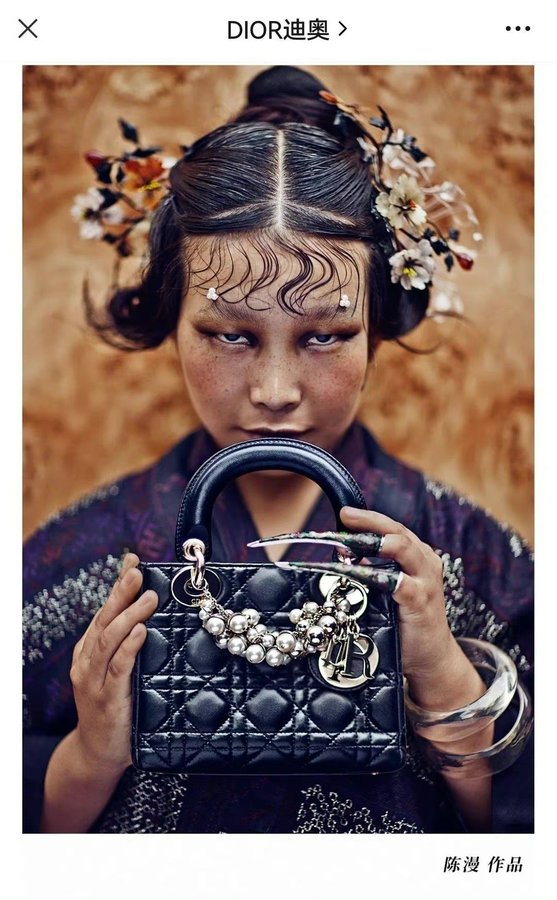
Good NEWS : we can help you
Seoagencychina is specialized in communication, social media marketing, distribution, ecommerce, KOL, content marketing, and advertising in China:
We are a team of experts in communication and marketing strategies in China, with a deep understanding of local cultural norms and trends.
Our social media marketing services are tailored to the needs of each client, using platforms such as WeChat, Weibo, and Douyin to build brand awareness and engagement among Chinese consumers.
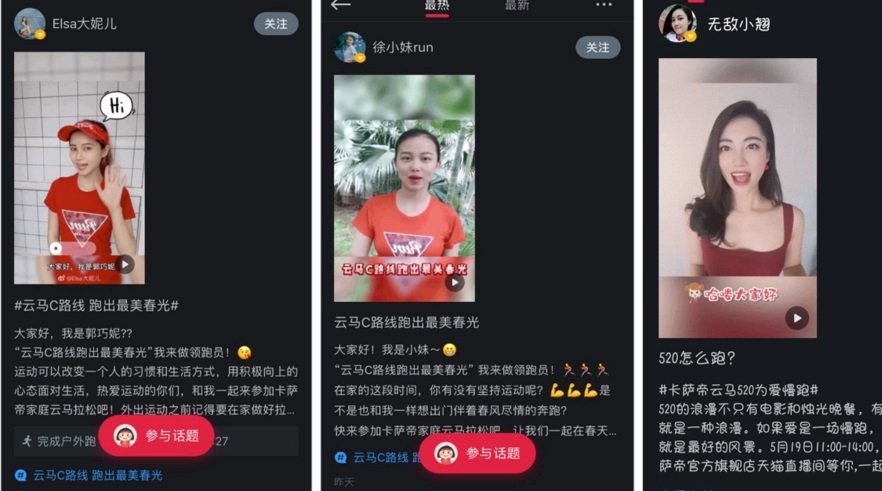
We have extensive experience in distribution and logistics in China, working with local partners to ensure timely delivery and efficient supply chain management.
Our ecommerce solutions include setting up and managing online stores on platforms such as Tmall and JD.com, as well as integrating online and offline sales channels to maximize sales and customer engagement.
We work with a network of key opinion leaders (KOLs) in China to promote our clients’ products and services, leveraging their influence and reach to build brand awareness and loyalty among their followers.
Our content marketing services include creating and distributing high-quality, engaging content that resonates with Chinese consumers, using a variety of formats such as video, live streaming, and short-form content.

We have extensive experience in advertising in China, using targeted, data-driven approaches to reach and engage the right audiences on platforms such as Baidu, WeChat, and Douyin.
Our team includes bilingual professionals who can provide translation and localization services for our clients’ marketing materials, ensuring that their messaging resonates with Chinese audiences.

Marcus Zhan:
“Be prepared for crises before they happen – the key to managing reputation in China is to be proactive, not reactive. Brands should have a crisis management plan in place that includes clear communication and a local team that can respond quickly and effectively to any issues that arise.”
E-Commerce We use data analytics and market research to track and analyze the performance of our clients’ marketing campaigns in China, using this information to continuously optimize and improve our strategies.
Our Cost Effective agency is committed to delivering measurable results for our clients, using a customer-centric approach that puts their needs and goals at the center of everything we do.

